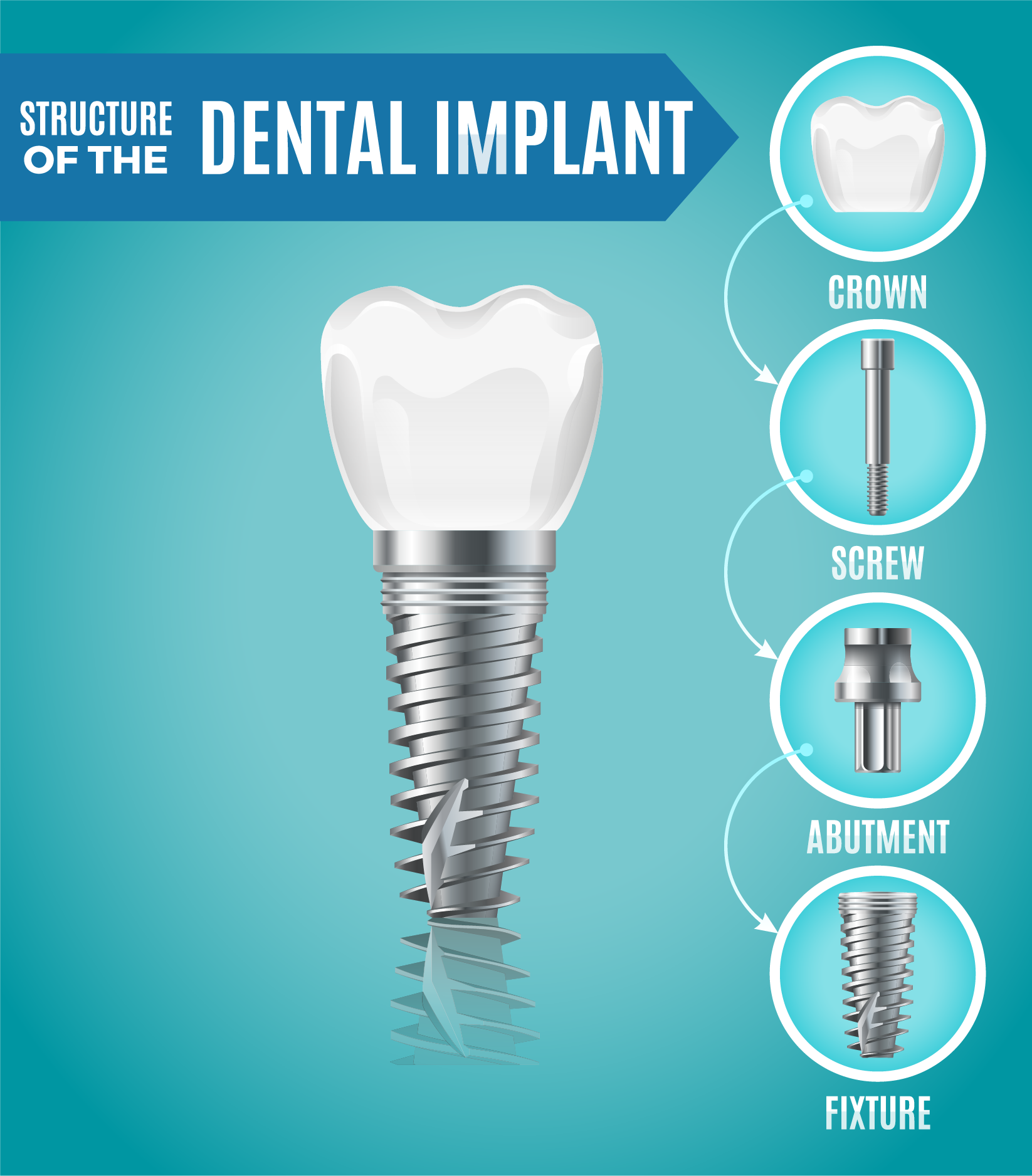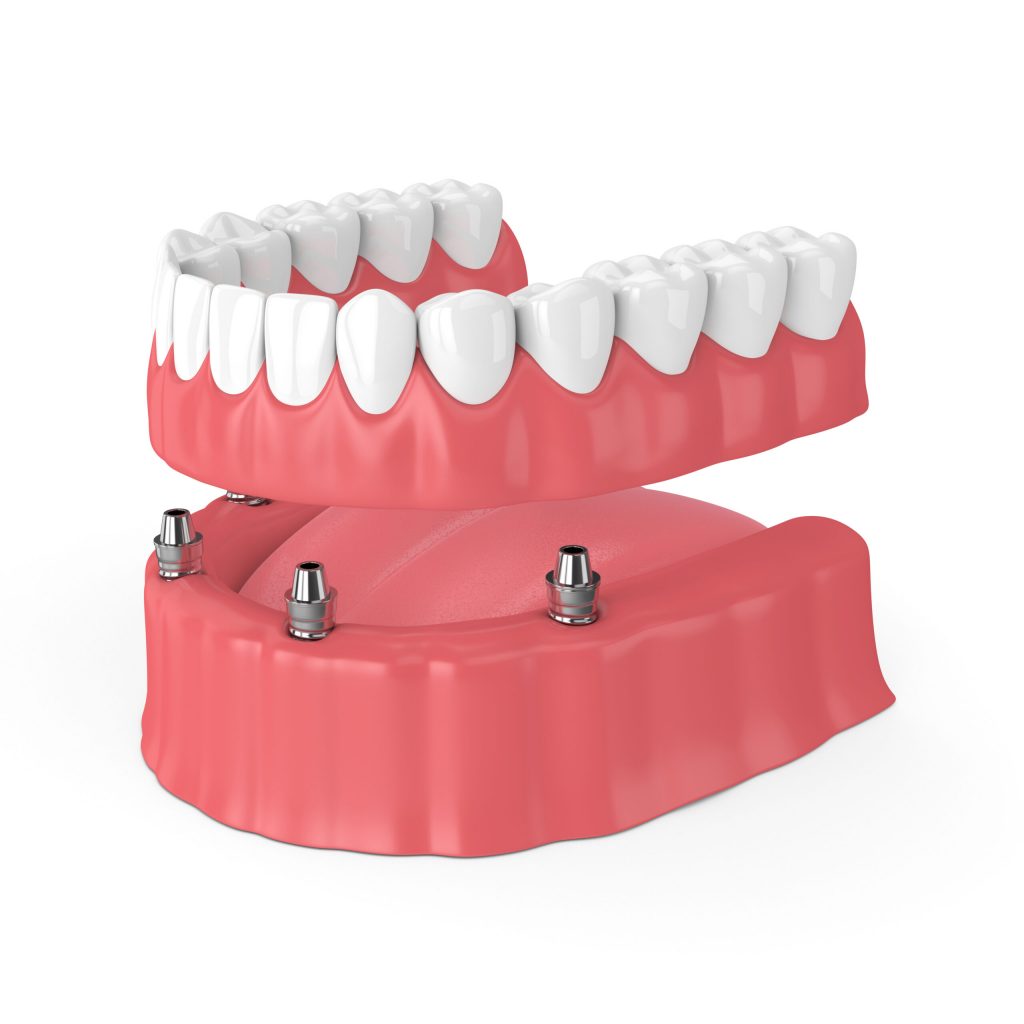ABOUT US
Eat your favorite food with dental implants
Now that you have a more secure fit dental implants let you bit back into chicken, steak, burgers and more foods you love.


So, what are dental implants?
Dental implant Explore Dental implants are artificial tooth roots surgically implanted into your jawbone. They serve as a permanent solution for missing teeth. Here are some key points:
Structure: A dental implant consists of three parts:
Implant: The screw-like portion that acts as the artificial root.
Abutment: Connects the implant to the crown.
Crown: The visible ‘fake’ tooth that matches your natural teeth.
Types of Dental Implants: Single Tooth Implant: Replaces a single missing tooth. Implant-Supported Bridge: Ideal for several missing teeth. All-on-4 Dental Implants: Restores entire upper or lower jaw. 3-on-6 Dental Implants: Alternative to implant-retained dentures. Benefits of Dental Implants: Improved chewing and speech. Natural appearance and self-esteem boost. Independent support, reducing stress on adjacent teeth. Bone preservation and anti-aging effects. Remember, dental implants can significantly enhance your quality of life!
So, what are dental implants?
Dentures, also known as false teeth, are prosthetic devices designed to replace missing natural teeth. They are supported by the surrounding soft and hard tissues of the oral cavity. Here are the main types of dentures:
Complete Dentures (Full Dentures): Used to replace entire sets of teeth. Typically recommended when all other options have been exhausted. Pros: Restore eating and chewing, improve self-esteem, and maintain a fuller appearance. Cons: Require maintenance, lower denture retention declines over time, and may cause speech impediments initially.
Fixed Partial Dentures (Implant-Supported Bridge): Replace a few missing teeth in a row. Permanently attached using dental implants. Pros: Improved aesthetics, better bite, and stronger than removable dentures. Cons: Requires surgery, higher cost, and special floss for cleaning. Removable Partial Dentures: Replace some missing teeth in either the upper or lower jaw. Can be removed at any time. Pros: Restores natural look and function. Cons: Not as strong as fixed dentures, but more affordable and removable. Remember to care for your dentures properly, and their average lifespan is around seven to ten years with proper maintenance.




About Us
Your Smile is Our Passion
At Silverspoon Mobile Dental, we take pride in creating your best smile. Whether you come into the office, or we come to you. It is our commitment to provide optimum dental care by a team of experienced, caring professionals in a stress-free environment.
Straighten your teeth without Traditional metal brackets
Our aligners offer a discreet way to straighten your teeth.

Our Mission
If you could change ONE THING about your teeth, what would it be?


